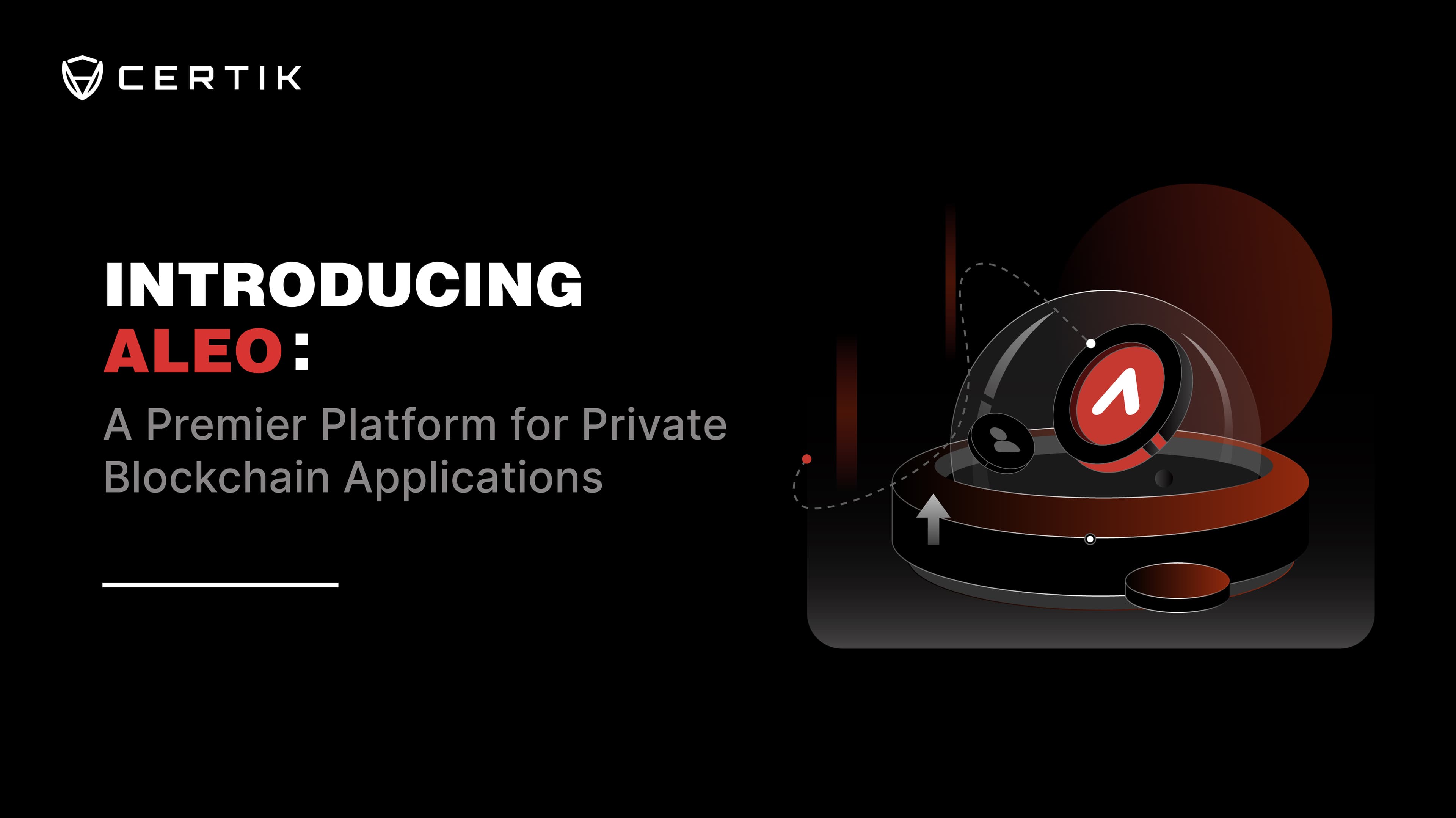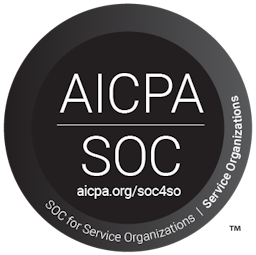Threshold Cryptography V: Auxiliary Zero-knowledge Proofs

Zero-knowledge proofs (ZKPs) are foundational to the security of the threshold ECDSA in GG18 [3]. They allow each participant to demonstrate knowledge of secret values, such as private key shares or random factors with range, without disclosing them to other parties.
In this post, we analyze the specific ZKP constructions implemented in Binance’s tss-lib [1]. These proofs address previously identified weaknesses in the Multiplicative-to-Additive (MtA) protocol, Paillier encryption parameters, and auxiliary RSA modulus generation. Our discussion is grounded in the improvements formalized by the specifications in CGGMP21 [4], which strengthen the robustness of threshold ECDSA against known attacks.
Sigma Protocol
The auxiliary zero-knowledge proofs in threshold ECDSA are based on a standard sigma protocol (aka,
- Commitment: The prover sends a commitment computed using randomness and public input.
- Challenge: The verifier issues a random challenge KaTeX can only parse string typed expression, typically derived via the Fiat–Shamir transformation using prior messages and public inputs to convert the interactive system into a non-interactive one.
- Response: The prover replies with a value KaTeX can only parse string typed expressionthat encodes the secret and the challenge.
The verifier then checks a predefined relation over the commitment, challenge, and response to verify knowledge of the secret.
Range Proofs in MtA Protocol
In our recent post, Threshold Cryptography IV, we discussed how the Multiplicative-to-Additive (MtA) protocol incorporates range proofs constructed using the sigma protocol. These range proofs are critical to ensuring that encrypted secret shares are well-formed and lie within the expected domain. Without them, an adversary could craft malformed ciphertexts that subvert the security assumptions of the protocol. In fact, the absence of range proofs has been directly linked to real-world vulnerabilities, as demonstrated in Attacking Threshold Wallets, A Note on the Security of GG18, and further explored in Alpha-Rays: Key Extraction Attacks on Threshold ECDSA Implementations.
Schnorr Proof
Schnorr proof is a special case of the sigma protocol that is intended to prove knowledge of the discrete logarithm, for example, on elliptic curves.
- Public: A generator KaTeX can only parse string typed expressionof large prime orderKaTeX can only parse string typed expression, and a pointKaTeX can only parse string typed expression.
- Secret: The prover knows a secret KaTeX can only parse string typed expressionwithKaTeX can only parse string typed expression, that is, knows the discrete log with respect to the pointKaTeX can only parse string typed expression.
The protocol operates in three rounds, as illustrated in the sigma protocol:
- Commitment: The prover samples random KaTeX can only parse string typed expression, computes the commitmentKaTeX can only parse string typed expressionand sends it to the verifier.
- Challenge: The verifier validates KaTeX can only parse string typed expressionandKaTeX can only parse string typed expression, then sends randomKaTeX can only parse string typed expression, whereKaTeX can only parse string typed expressionis a cryptographic hash function that serves as Fiat-Shamir transformation.
- Response: The prover computes KaTeX can only parse string typed expressionmodKaTeX can only parse string typed expression.
Verifier checks that
Paillier Proof
As part of the distributed key generation in GG18 [3], each party must generate a Paillier public key
Refer to GG18 [3], Page 10:

Refer to GRSB19 [5], Page 6, 7:

Mod Proof
In later refinements of threshold ECDSA, the Paillier modulus
Refer to CGGMP21 [4], Page 31:

Factor Proof
In response to the vulnerabilities highlighted in Practical Key-Extraction Attacks in Leading MPC Wallets, tss-lib [1] adopts the small-factor proof to harden the security of the Paillier modulus. The proof ensures that the prover’s secret prime factors
Refer to CGGMP21 [4], Page 60:

DLN Proof
DLN proof is a zero-knowledge proof that ensures the correct generation of Pedersen parameters
Refer to CGGMP21 [4], Page 32:

Conclusion
This post wraps up our series on threshold cryptography, where we explored the auxiliary zero-knowledge proofs in GG18 [3] and their implementation in Binance’s tss-lib [1]. These proofs are essential for realizing the MtA protocol and Paillier encryption scheme, providing assurance in parameter correctness and secure message authentication in threshold ECDSA.
At CertiK, our cryptography team is actively engaged in research and development across applied cryptography, including threshold cryptography, zero-knowledge proofs, and post-quantum cryptography schemes. If your project requires a security review in any of these areas, we’d be glad to connect. From threshold cryptography to post-quantum security, CertiK helps you Elevate Your Web3 Journey.
References
- Binance: https://github.com/bnb-chain/tss-lib
- Binance: Binance Open-Sources Threshold Signature Scheme Library
- Rosario Gennaro, Steven Goldfeder, 2018: Fast Multiparty Threshold ECDSA with Fast Trustless Setup (GG18)
- Ran Canetti, Rosario Gennaro, Steven Goldfeder, Nikolaos Makriyannis, Udi Peled, 2021: UC Non-Interactive, Proactive, Threshold ECDSA with Identifiable Aborts (CGGMP21)
- Sharon Goldberg, Leonid Reyzin, Omar Sagga, and Foteini Baldimtsi, 2019, Efficient Noninteractive Certification of RSA Moduli and Beyond (GRSB19)
- Rosario Gennaro, Daniele Micciancio, Tal Rabin, 1998. An efficient non-interactive statistical zero-knowledge proof system for quasi-safe prime products (GMR98)
- JP Aumasson, Omer Shlomovits: Attacking Threshold Wallets
- Nikolaos Makriyannis Udi Peled: A Note on the Security of GG18
- Dmytro Tymokhanov, Omer Shlomovits: Alpha-Rays: Key Extraction Attacks on Threshold ECDSA Implementations
- Duy Hieu Nguyen, Anh Khoa Nguyen, Huu Giap Nguyen, Thanh Nguyen, Anh Quynh Nguyen: New Key Extraction Attacks on Threshold ECDSA Implementations
- Nikolaos Makriyannis, Oren Yomtov, Arik Galansky: Practical Key-Extraction Attacks in Leading MPC Wallets




